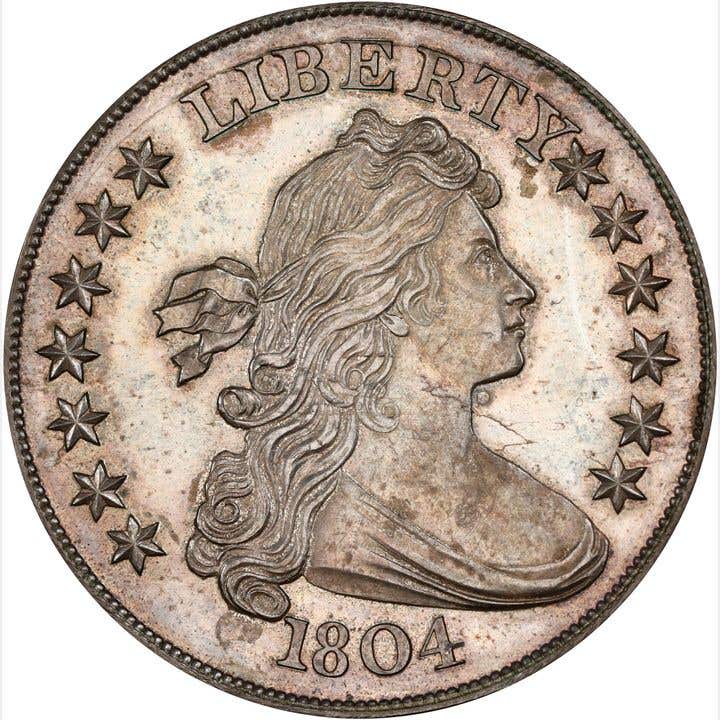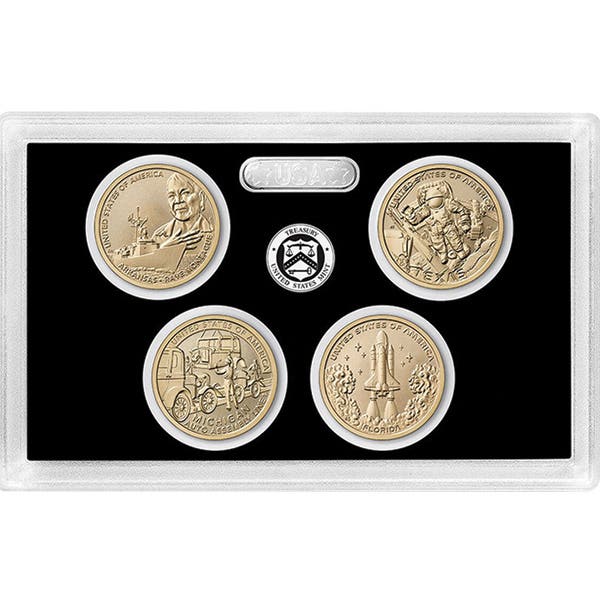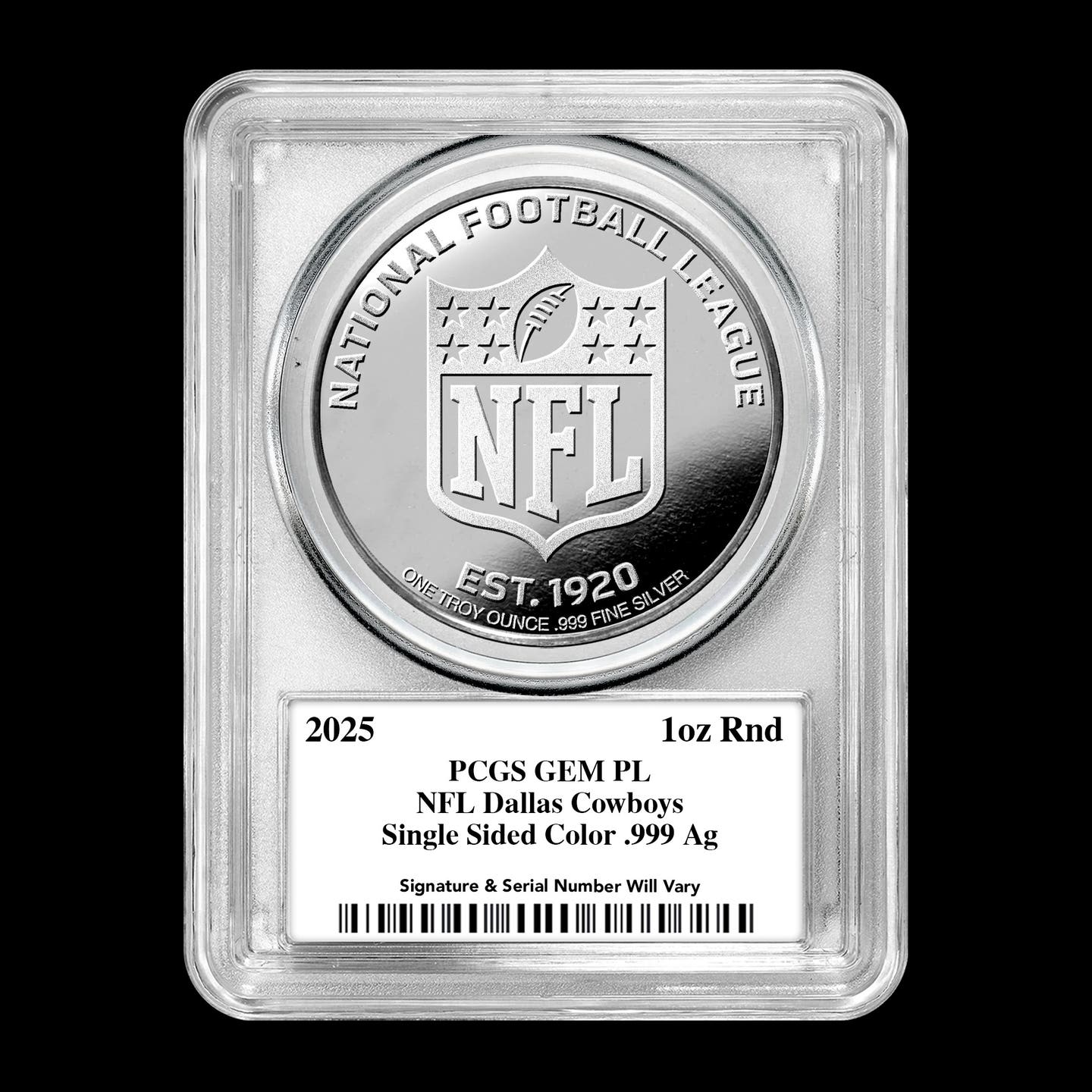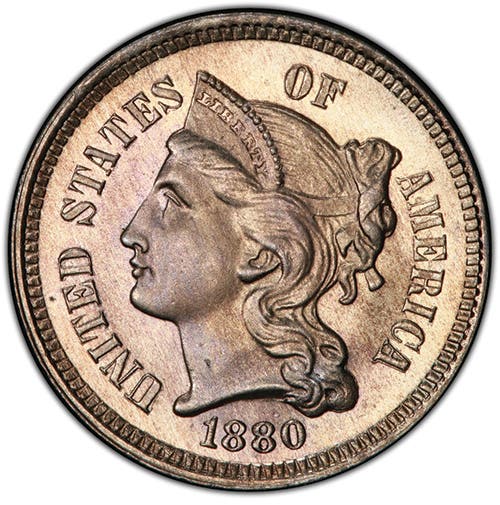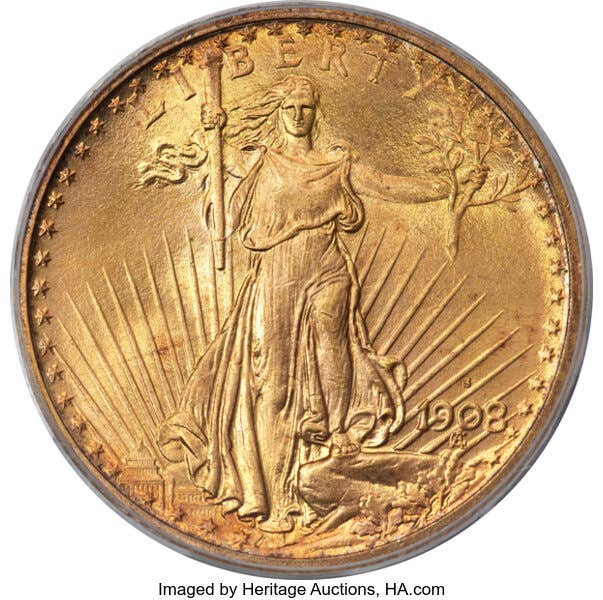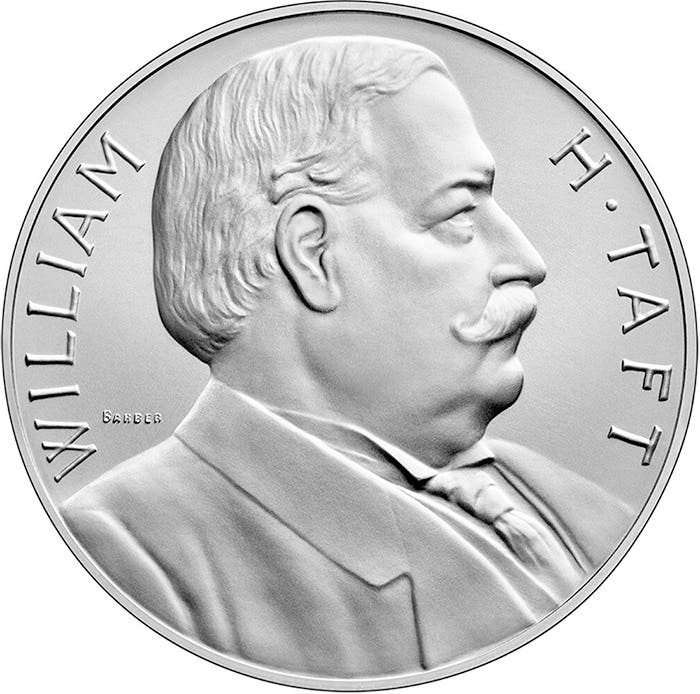The 1850 Baldwin & Co. Horseman $10 Gold Coin: A Rare Echo of California’s Gold Rush
From its Vaquero roots to a Gold Rush rarity, the 1850 Baldwin $10 Horseman coin galloped through history as a unique icon of Pioneer gold.
The tale of the 1850 Baldwin & Co. Horseman $10 gold coin is as captivating as the era that produced it. Rooted in the California Gold Rush, this remarkable piece of history stands out for its rarity and unique and iconic design. The coin’s history begins with Frederick D. Kohler, a private San Francisco coiner whose innovative efforts laid the groundwork for one of the most distinctly different coins from the Gold Rush period.
The Origins of a Legendary Design
Frederick D. Kohler had been minting coins for the ill-fated Miners' Bank before its collapse in 1849. In 1850, Kohler transitioned to his own venture, Kohler & Co., and enlisted the talents of local engraver Albrecht Kuner to create dies for a $10 gold piece. Unlike many Pioneer gold issues that mimicked the U.S. Mint's Liberty Head gold coinage, Kuner’s design took a fundamentally different approach. He crafted the now-famous image of a vaquero, or horseman, on horseback.
Kuner’s inspiration, however, was not entirely original. According to a 2003 article in Numismatic Perspective, the design closely resembles an 1831 print titled Californians Throwing the Lasso by F.W. Beechey. This print, derived from a watercolor painted during an 1826-1827 expedition to California by artist William Smyth, depicted a vaquero roping a calf—a scene representative of Mexican California. While Kuner made subtle adjustments to the original artwork, his Horseman design remains a near-exact replication of the historical image. Although the print was famous then, it has been largely forgotten today.
From Kohler to Baldwin & Co.
Kohler’s coining venture proved all too brief, and on March 15, 1850, he sold his operation and equipment to George C. Baldwin and Thomas S. Holman, former New York jewelers who established Baldwin & Co. in San Francisco. The firm adopted Kuner’s vaquero design for their $10 gold coin of 1850 and expanded their offerings to include $5 gold coins in 1850 and $10 and $20 coins in 1851. Notably, the 1850 Horseman $10 is the only Baldwin issue to feature a wholly unique design, setting it apart from their later coins, which imitated the U.S. Mint's Liberty Head motif.
Baldwin & Co. initially found success, bolstered by Kohler’s endorsement. However, assays conducted at the Philadelphia Mint revealed that the 1850 Horseman $10 contained 99.6% of its stated value in gold, representing their most honest product. Subsequent issues were found to be debased, a practice that undermined public trust and contributed to the downfall of private mints in California.
The Decline and Legacy of Baldwin & Co.
Their operations crippled by negative assay results and a state legislative ban on private mints, Baldwin & Co. dissolved on April 15, 1851. The firm’s coins quickly disappeared from circulation, and most were melted down for their bullion value. Today, all Baldwin & Co. issues are rare, and the 1850 Horseman $10 holds a special place in numismatic history.
Don Kagin and David McCarthy noted in their 2023 reference America's Golden Age: Private & Pioneer Gold Coins of the United States 1786-1862 that only 20 to 25 examples of the 1850 Horseman $10 are believed to exist in private hands. Among these, a handful of Mint State specimens rank among the finest known, making any surviving example a collector's prize.
A Tangible Link to the Gold Rush Era
The 1850 Baldwin & Co. Horseman $10 gold coin is more than just a monetary artifact; it is a testament to the entrepreneurial spirit and cultural influences of mid-19th-century California. Its distinctive vaquero design and rich history make it a standout piece of Pioneer gold coinage. For collectors and historians alike, the $10 Horseman symbolizes an American era defined by ambition, creativity, and the pursuit of prosperity.
You may also like:




